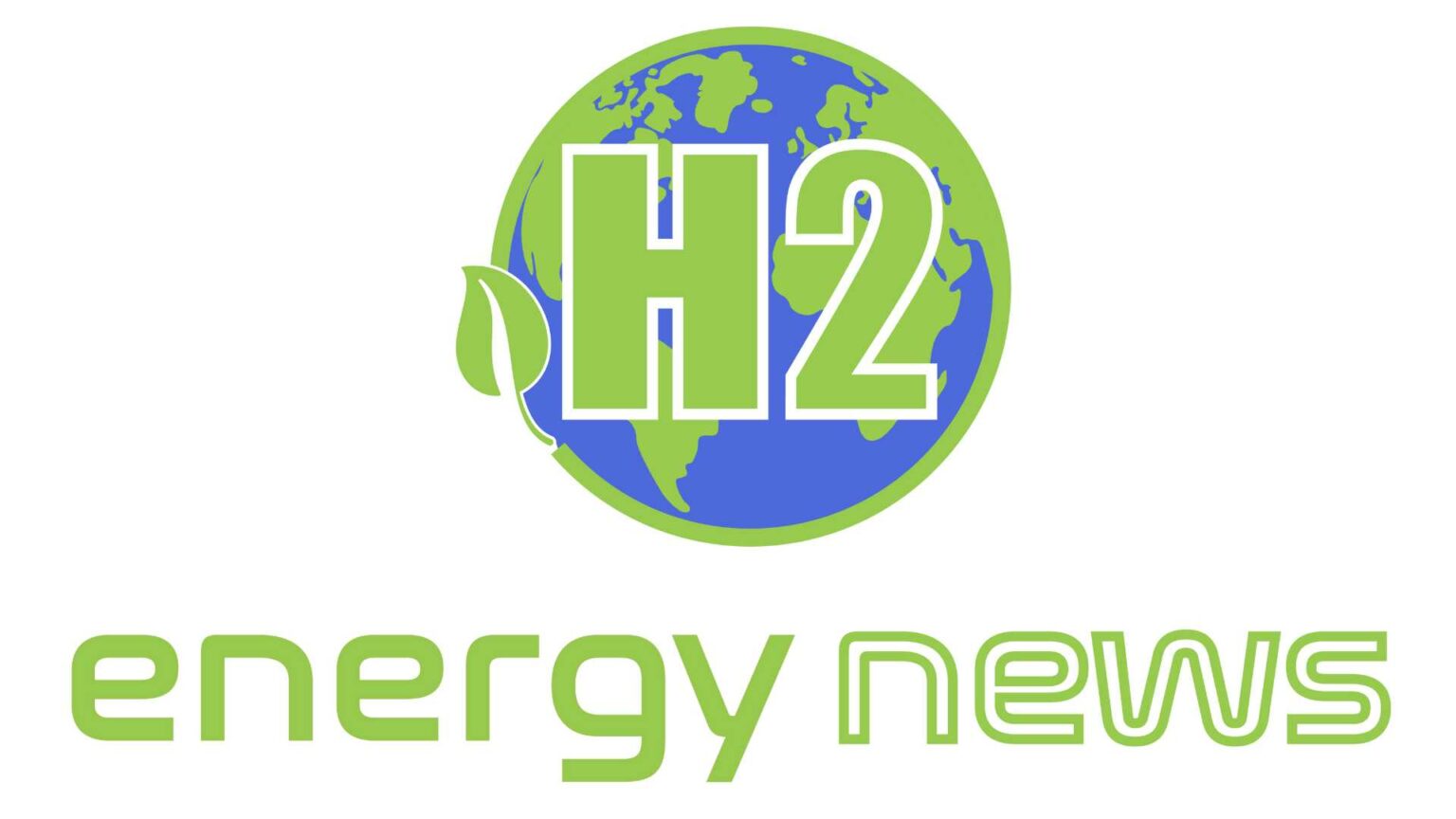Fuel cells have long been hailed as a potent solution for efficient and clean energy conversion, and now, a breakthrough discovery from the Korea Advanced Institute of Science and Technology (KAIST) is poised to reshape the landscape of fuel cell technology.
Led by Professor Jung Woo-chul from the Department of Materials Science and Engineering and Professor Kang-taek Lee from the Department of Mechanical Engineering, in collaboration with Hongik University’s Professor Kim Joon-hyuk, a research team at KAIST has successfully developed an electrode material that has the potential to significantly enhance the performance of both oxygen ion and proton conductive solid oxide fuel cells (SOFCs and PCFCs, respectively).
Fuel cells are crucial in generating electricity with remarkable efficiency through the utilization of hydrogen as a clean energy source. Their significance is amplified as the world moves towards embracing the potential of hydrogen in various sectors. Ceramic fuel cells, specifically, are gaining prominence due to their capacity to facilitate the conversion of power and hydrogen in devices such as hydrogen electric vehicles, charging stations, and power generation systems. The KAIST team’s innovation addresses a persistent challenge in fuel cell technology – the declining efficiency associated with slower electrode reactions at lower operating temperatures.
The core breakthrough lies in the successful stabilization of an otherwise highly unstable crystal structure. The researchers achieved this by introducing a high valence ion (Ta5+) through doping into a perovskite oxide material. The result was a substantial improvement in catalytic activity, surpassing 100 times the previous levels. This breakthrough has profound implications for fuel cell efficiency and stability, offering a potential solution to the performance degradation observed in existing materials.
The newly developed electrode material’s versatility is a game-changer. It can be applied across four different devices that encompass power generation and hydrogen production in both oxygen ion conductive SOFCs and protonic ceramic fuel cells. Notably, the efficiency achieved with this material surpasses previously reported results, underlining its superiority. Moreover, the material showcased exceptional stability, operating seamlessly for an extended period of 700 hours. This remarkable endurance sets it apart from materials that experience deterioration within just 100 hours of operation.
The implications of this pioneering research are not confined to the lab. The results were published in the esteemed ‘Energy & Environmental Science’ journal, known for its contributions to the fields of materials and chemistry. This recognition from a respected academic institution adds further weight to the significance of KAIST’s breakthrough.
The implications of KAIST’s achievement resonate strongly in a world seeking sustainable energy solutions. By addressing the limitations that have hindered fuel cell efficiency, this research paves the way for more widespread adoption of fuel cell technology. As the globe aims to transition towards greener energy alternatives, this breakthrough could play a pivotal role in realizing a carbon-neutral society.





